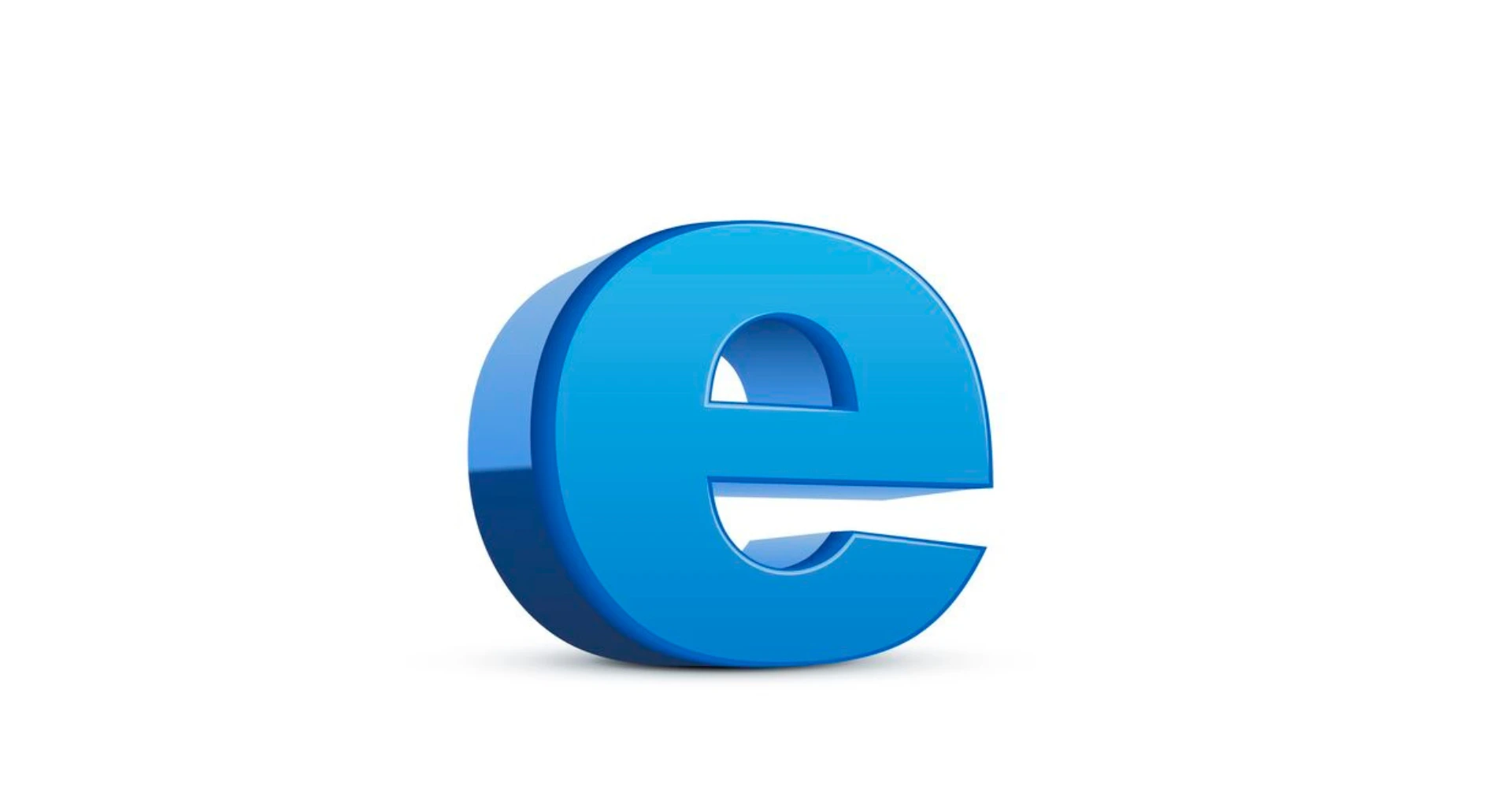
From eCommerce to eCars – the “e” is everywhere. Even in learning. The “e” stands for electronic. But even more than that, it stands for digital. We have to admit, eLearning somehow has a better ring than “digital learning”. The fact is most industries or products have either an “e” origin or component.
Businesses are adapting to this new paradigm and shifting their operations into a digital space. And where education, business and technology connect, magic happens. It’s no great secret that there has been a mad rush to move academic and corporate learning online, much of it accelerated by the COVID-19 pandemic. But has the eLearning industry really broken through the stigma that somehow it’s a lesser form of learning? When compared to face-to-face instruction, does it hold court?
Let’s look at the course eLearning has charted. Its rise can easily be attributable to convenience, but there’s more to it than that. In many cases it’s inexpensive. And that’s not because the quality is any less. It’s simply a matter of less overhead. Less overhead allows effective eLearning companies to offer a higher-quality product at a lower price. This is great for companies that don’t have a huge training and development budget.
Online learning and other internet-based learning systems provide students with greater flexibility. They can fit the learning they receive around their own schedule and maintain existing responsibilities, invites and events. Bonus: they don’t have to commute to learn. Virtual technologies, campuses and communities allow learners to engage with their teachers and fellow students from the comfort of anywhere they are. In the age of the digital nomad, this capability is essential.
Let’s talk more about the convenience factor in eLearning. If time is money, then eLearning is even more cost-effective than other forms of learning. When students don’t have to commute, shuttle between classes, and spend time on in-person admissions and tutoring, they save time. And when you control the eLearning experience, you can provide students with an opportunity to split the time they invest in the course.
There are other benefits you may not initially consider. According to the American Heart Association, eLearners retain 25 – 50% more information than traditional classroom learners. From greater brainpower to improved performance, the proof is in the data. The “e” is everywhere and the education sector has embraced it. Elearning is not just effective, in many cases, it’s more effective than more traditional forms of learning.

